A Photographic Trip to Montana's Historic Cemeteries
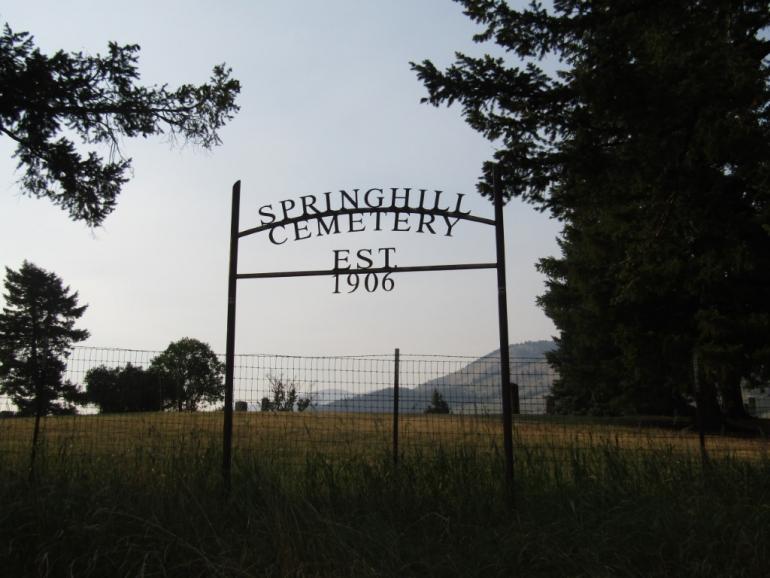
Photo by Renee Carlson
For as long as I can remember, I have been fascinated by Montana’s many cemeteries. From roadside sites along now-forgotten highways to the gardens that house my own loved ones, I’ve felt comforted by a quiet cemetery. My family was on the board for our local cemetery, so as a child I would accompany my father to raise and lower the flag and tend to the grounds on occasion. As soon as I got my driver’s license, I would often stop at my grandmother’s grave at the same cemetery after school and sit for what now seems like angsty lengths of time. It helped me feel connected to my grandmother who I missed, and as I explored other cemeteries, I felt my connection to Montana’s history deepen.
Before I introduce you to some of my favorite community gravesites, I’d be remiss not to mention how we all must respect each cemetery we visit. Every cemetery has caretakers, some paid and some volunteers. While it is okay to leave respectful memorials to loved ones, or even toys and trinkets on a long-passed child’s grave, it is never okay to leave refuse, graffiti, or other ill-intentioned items. Please join me as we respectfully wander a few of our beautiful state’s memorial gardens.
Bannack is one of my favorite state parks, and always worth a visit. One aspect of the park that I haven’t always visited, regretfully so, is Boot Hill. A difficult climb when I’m less in shape, though my husband seemed to bound up the hill when we last visited. Upon reaching the top he said, “That wasn’t bad, it’s like an elliptical!” Thankfully, his words carried downhill back to me, about 10 feet behind. A year in quarantine had me wheezing my way up, but the view at the top is the best reward. In one direction is an unobstructed view of Bannack’s historic mill, and another holds the history of the lives and deaths of its residents. Montana’s first contemporary-style funeral took place here, and the headstone of its celebrant is still intact today: a hand-carved stone with a Masonic symbol emblazoned on it. The funeral had 76 Mason attendants. The 77th Mason was buried that day.

Photo by Renee Carlson
After about 20 years, the town decided to use a site that was probably a little easier to access with a wagon. A few miles outside of town, an equally historic yet slightly “newer” cemetery sits among the flats. I first wandered this site in my youth. I remember asking my dad why some of the gravestones had small rocks on them, and why he himself was placing stones as well. He explained to me the Jewish custom of placing pebbles on the headstone, how the small stone is a sign of the living remembering the dead and an extension of the original monument. I proceeded to ask if we were Jewish, since as a child I had not been privy to our genealogy. “We are not,” he replied, “but I still think it’s a nice way to acknowledge those who came before us.”
I pulled up to Silver Star on a Saturday morning and sat for a while, taking it all in before heading up the dirt road, winding uphill toward the patch of green oasis that can be seen from the state highway. After parking in the much-appreciated shade of its bordering trees, I was finally free to explore the grounds before me. It was the first stop of a weeklong trip south, and a great first stop it was. Immediately I was intrigued by the wrought iron fencing that surrounds many plots, how the sites extend beyond the green grass, up into the sagebrush and cactus of the rolling hills. Graves marked with a simple “unknown” are tended to with the same care as expansive and charming family plots found in the same gardens. Elaborate headstones sit on the same lawn as simple granite rocks with just a name carved into them to tell you who rests there. New headstones alongside old, this cemetery tells of a tight-knit community with a rich history and a deep respect for its past inhabitants.
Mountain View Cemetery of Big Timber sits to the south of I-90; I have watched it go by on many drives through the area. The view from the interstate does not do it justice but it was enough to draw me in, always wanting to know more. As you pass under the ivy-covered entrance to the cemetery itself, it feels as though you’ve strode into a different realm. Huge oak trees shade the four acres of grounds, a welcome respite from the heat and smoke experienced this past summer. Only the sound of crickets and footsteps on gravel filled the evening air, and as I continued down the path the cemetery’s beauty only grew: weathered shadow boxes containing fabric flowers; the painfully familiar small floral tins that I knew held a beloved pet’s ashes were carefully placed at headstones. It takes love to want to preserve something eternally, like a fabric flower encased in glass. An act done for someone who is already gone, out of love, by those of us who feel so undone by their absence. A worthwhile visit for those looking for a quiet stroll and reflection.
The Springhill community sits quietly just below the Bridger Mountains, with gorgeous historical buildings and an equally historic cemetery. Originally a two-acre plot purchased by the Ladies Aid Society and the Springhill Church in the early 1900s, the sloping side of the site opens to vast fields and towering mountains. Truly a unique cemetery even by Montana’s standards, all walks of life and manner of headstone can be found here. From intricate granite carvings to names cast onto metal plates, this site weaves 19th, 20th, and 21st century lives together with the all-too-common thread of death. The Gallatin Valley Historical Society has extensively documented each grave, with pictures and extreme detail on the website dedicated to Springhill’s cemetery. It is my hope that all our old cemeteries, big and small, will someday be documented to this extent.
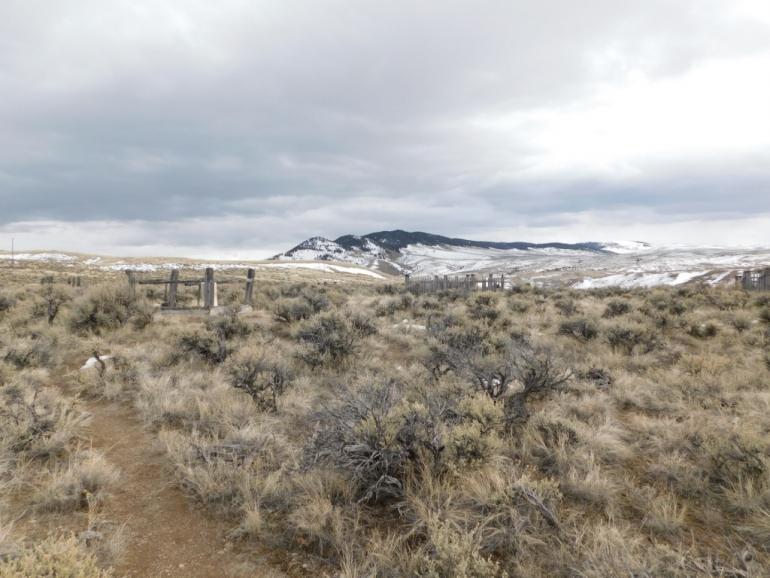
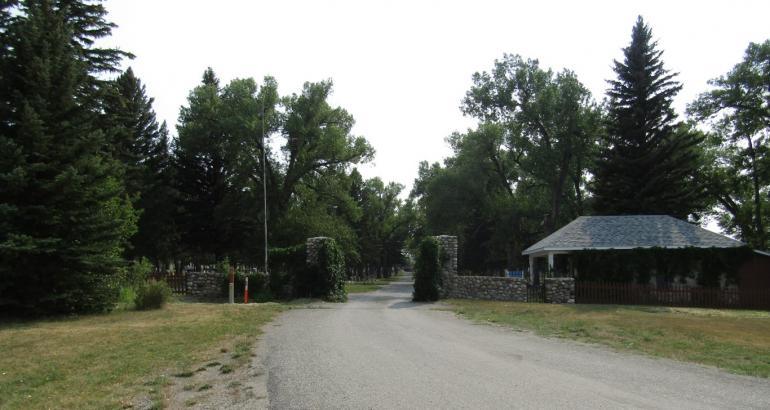
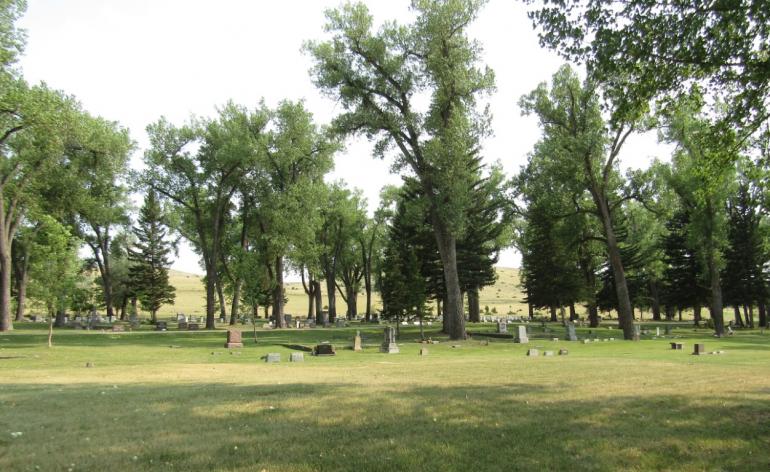
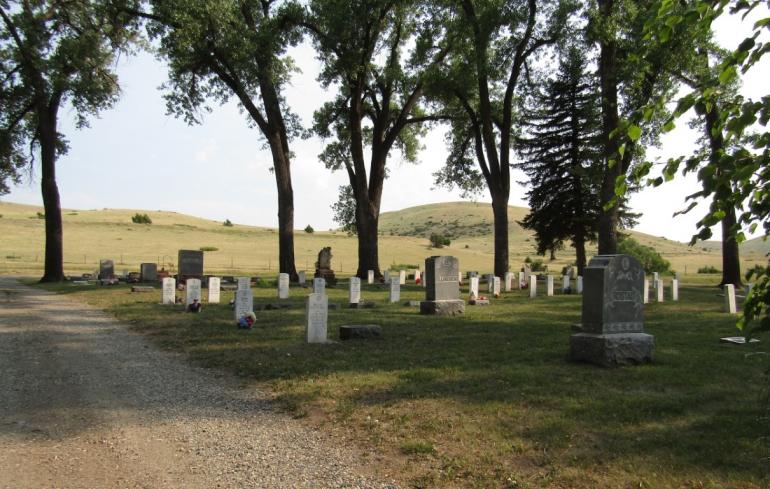
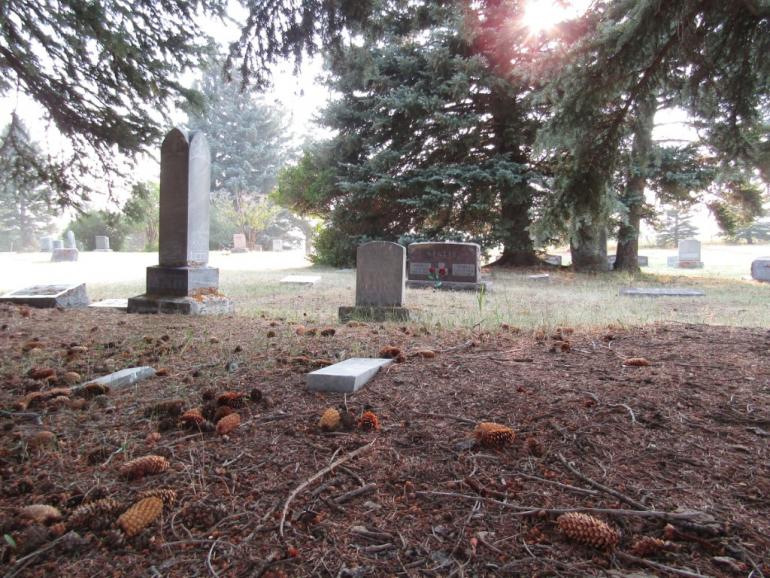
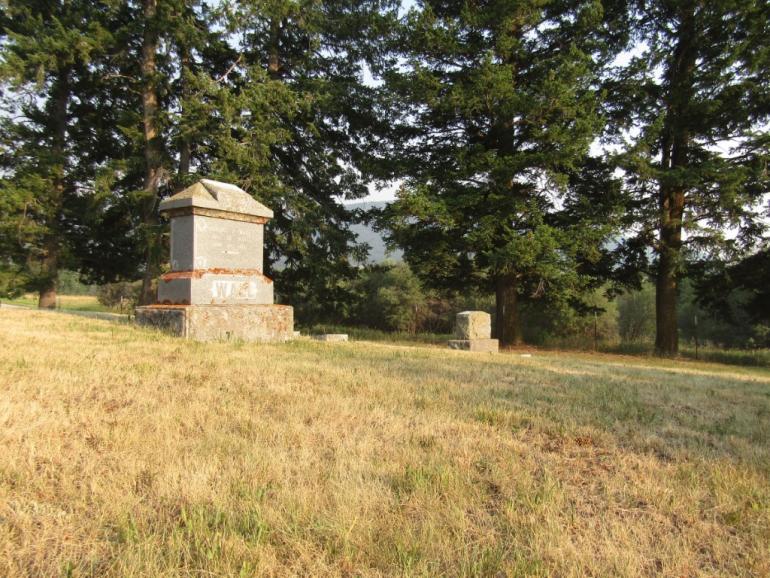
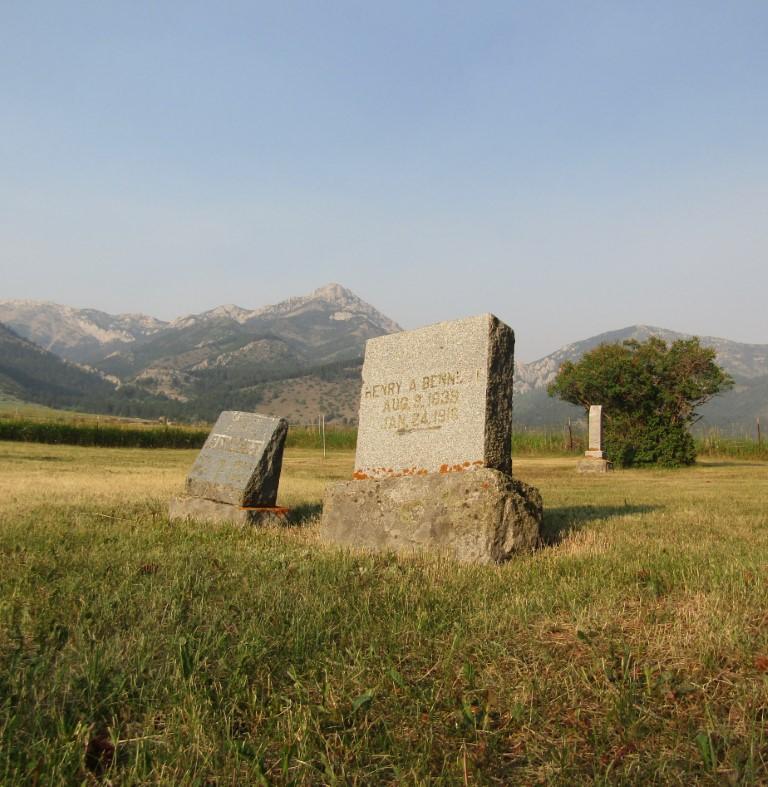
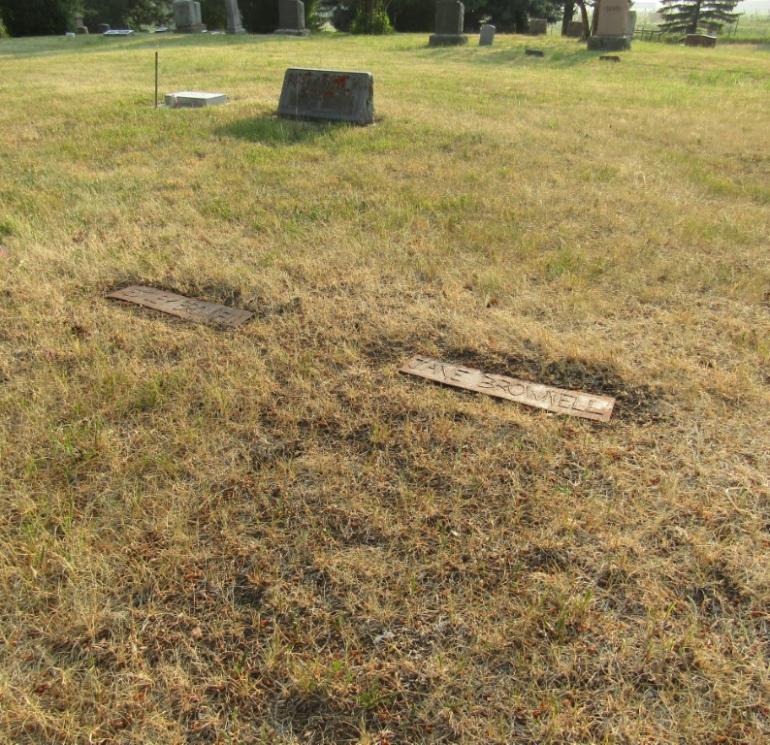

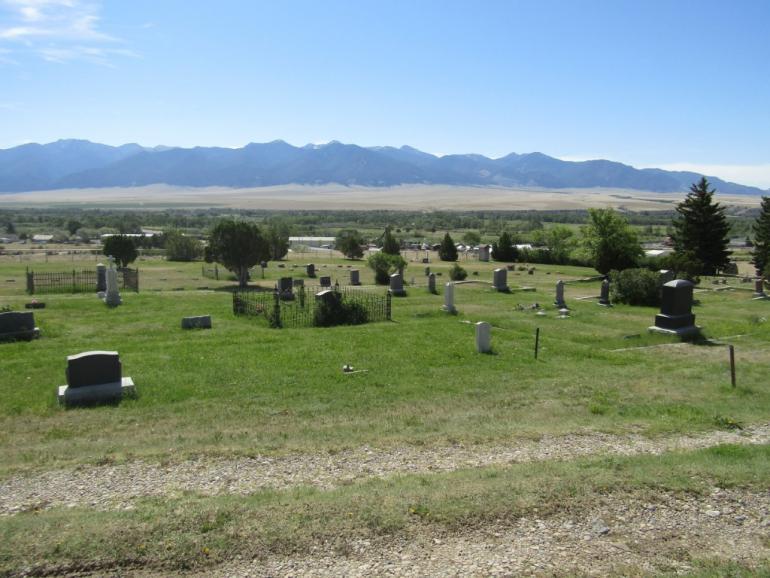
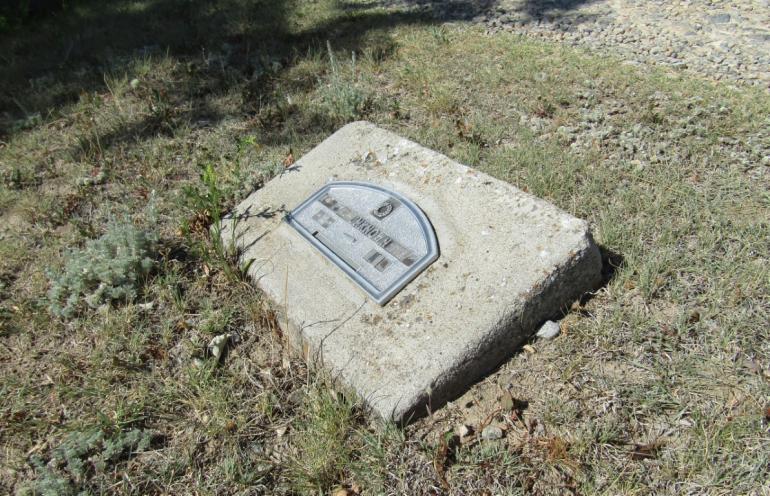
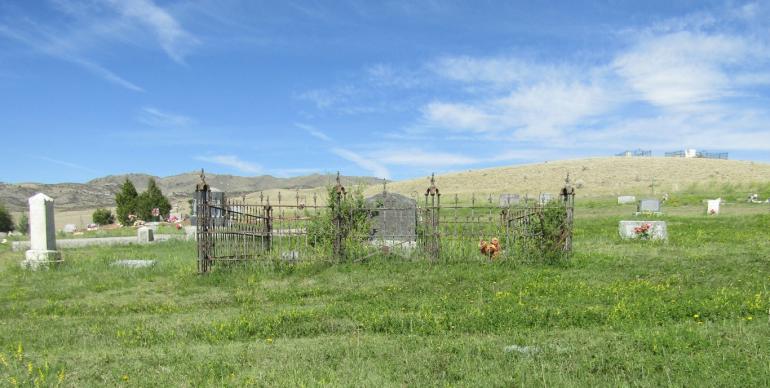





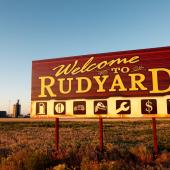

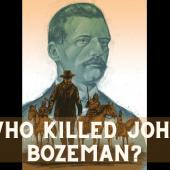


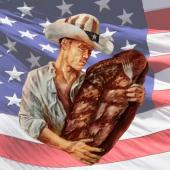

- Reply
Permalink